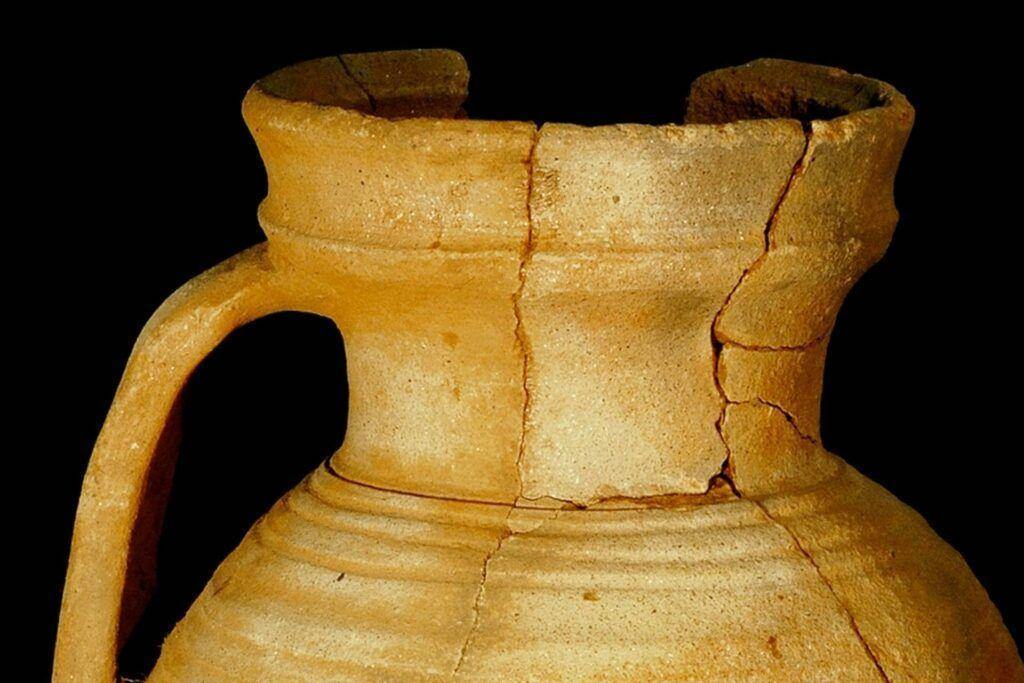Caria Talaia
Caria Talaia is the primitive name of a place part of the Ruvina Parish, and knowed only through ancient documentation. The name is originated in the arabic and signifies “watch-inn”. The place is today an elevated terrain, standing out and overlooking the Côa river, about 11 km of Sabugal, on the Senhora das Preces hill, for there os the chapel built in Her honor.
The strategic location in a point of crossing of this river gave it military importance in the control of the roads and the territory that can be seen from its atop. Today can still be seen the old “poldras” of the river passage.
On the top of the hill were identified several fragments of pre-historic manual pottery, a part of a granite millstone, and there is also reference to the finding of a bronze axe, showing that here lived a community of the late Bronze Age. Without escavations on the site there is no hope in knowing more abouth the nature and the time line of the primitive occupation of this site.
Later, was innitiated the construction of a fortification on this hill, by the leonese monarchs (13th century), opposing the portuguese castle of Vila do Touto, on the other bank of the Côs, founded by the Templars.
The oldest refference to this military settlement dates from 1226, in the description of the limits of the lands of Vila de alfaiates. There is another mention in 1231, in a letter of D. Fernando III to the City of Sabugal, mentioning it as village that would give name to the council of Sabugal. The last reference dates from 1320-21, after Riba-Côa being in portuguese hands, where it is mentioned the “church of Santa Maria de Caria Talaya”.
From the 14th century on, the village was abandoned and depopulated, for no longer had military and strategic importance due to the retreat of the border to the east. On the site there are still traces of the old defense wall, where can be found some blocks with the marks of the mason. However, are scarse the material evidences of the ancient population that lived there.




